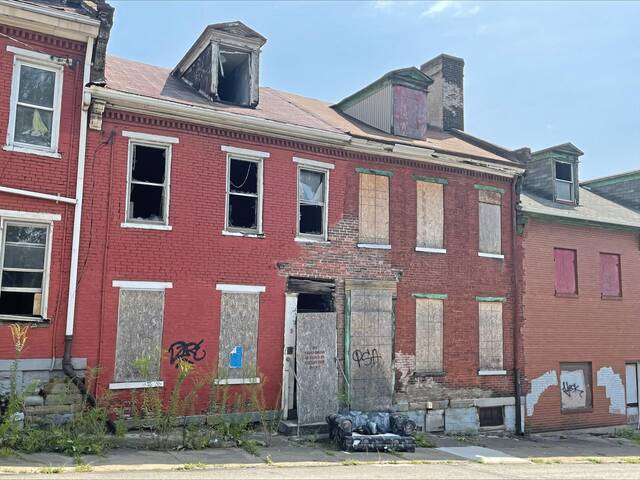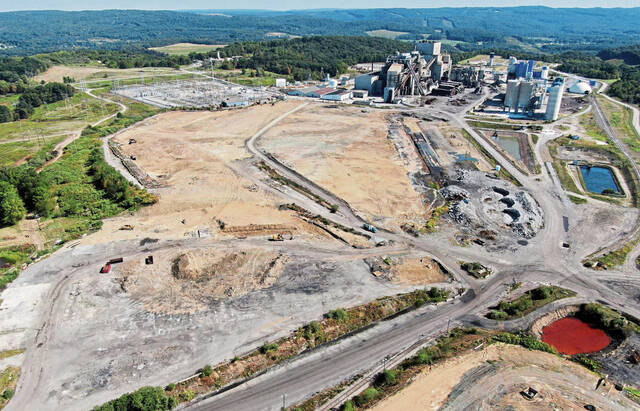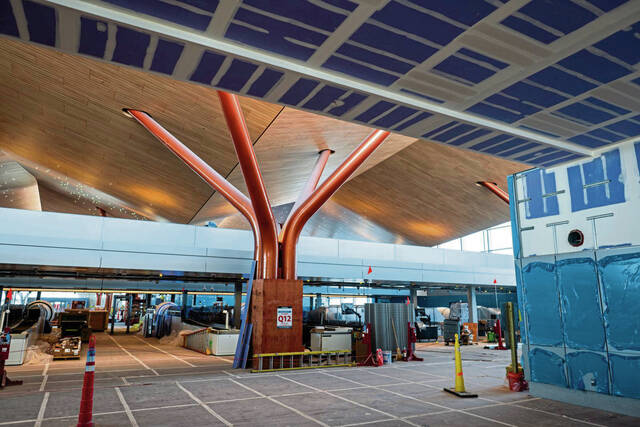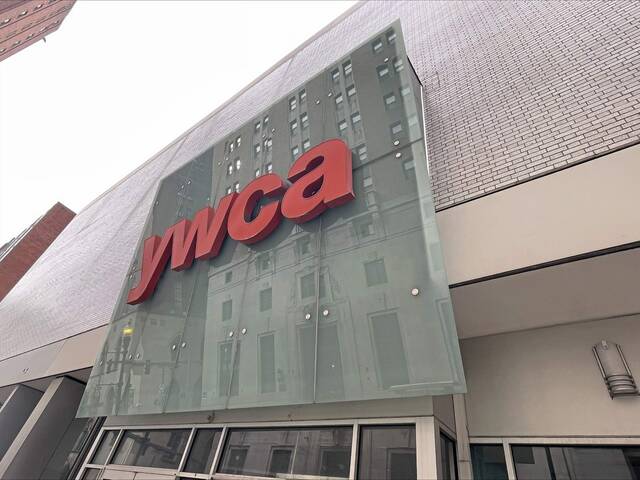Right-to-work (RTW) states so far have experienced a better jobs recovery than non-right-to-work (NRTW) states as the coronavirus pandemic fades, concludes an analysis by the Allegheny Institute for Public Policy.
But a move by the federal government to effectively kill right-to-work laws “would be a disaster for the nation’s economic future,” says Jake Haulk, president-emeritus of the Pittsburgh think tank.
“There can be little doubt that RTW is a key component of the success in those states in bouncing back from the covid pandemic,” Haulk concludes.
More than half of all U.S. states have enacted RTW laws that guarantee no person can be compelled to join a union or pay union dues, as a condition of employment. Right-to-work states typically have a friendlier business climate overall, with far less unionization of their public-sector employees, and generally have faster growth.
The think tank studied jobs lost and regained in 10 states during the worst of the covid-19 pandemic and the reopening that has been underway to varying degrees nationwide since the second half of 2020.
Five of the states — South Carolina, Florida, Tennessee, Utah and Idaho — are right-to-work with conservative-leaning governors. Five others — Connecticut, New York, Pennsylvania, Illinois and New Mexico — are non-right-to-work states with more liberal governors.
“First, it is important to note the very large difference in the eight-year employment growth (2011 to 2019) for the RTW and NRTW states,” Haulk says. “The RTW states averaged 26% growth for the period. NRTW employment climbed 9.8%. Thus, the RTW states grew jobs 2.65 times faster than the NRTW pace.”
Over the same eight years, Pennsylvania’s private employment level rose just 8.6%, slower than the average of the NRTW states and only a third as fast as the average of the five RTW states.
“And this period included the tremendous surge in shale gas drilling and production,” Haulk reminds.
For 2020, the worst covid impact year, compared to the 2019 level, RTW states as a whole averaged a loss of 3.5% of employment. But NRTW states averaged an 8.6% drop — a loss 2.5 times the RTW states. Pennsylvania’s loss of 8.2% for 2020 was about the average for the five NRTW states.
From April 2019 to April 2020, the hardest hit month for most states, NRTW states saw an 18% job loss while RTW states saw a decline of 11.8%. Pennsylvania saw a 20% decline in private jobs in the same period.
So how have the groups comparatively fared in jobs recovery?
“The five RTW states’ average employment change is a very small loss of 0.3%,” Haulk found, “but all were significantly better than any state in the NRTW group where the average loss in April 2021 compared to April 2019 was 7.6%.”
Pennsylvania’s private jobs had recovered in April 2021 to a loss of 6.9% from April 2019, slightly better than the NRTW group.
What’s responsible for what Haulk calls the “startling” differences?
“For one, gubernatorial actions and restrictions were far less draconian in the RTW states. This reflects the fundamental mindset differences between RTW red states and NRTW blue states,” he says.
Additionally, NRTW blue states are far more likely to have very large and powerful public-sector unions whose jobs were largely protected.
“So, closing down the private economy would not have much effect on public-sector employees continuing to collect paychecks and benefits,” he says. He adds that governors in red RTW states eased restrictions much sooner and allowed business activity to resume more quickly.
“This all reflects the importance of the differences in the fundamentals of attitudes toward business and personal freedom and responsibility and setting limits to government power,” Haulk concludes.








